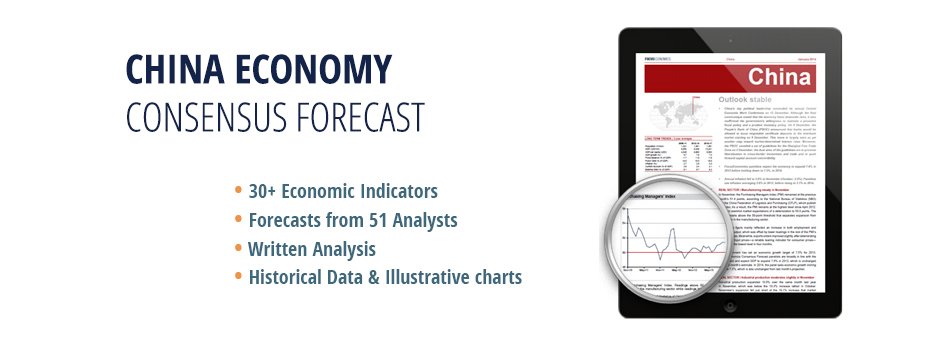
Tuuli McCully is Scotiabank’s chief economist for the Asia-Pacific region. Tuuli brings a global perspective to her macroeconomic forecasts and fundamental analysis of the region, drawing from her experience in Asia, Europe, and the Americas. Tuuli is a regular contributor to international media outlets, including CNBC, BBC World News, and Bloomberg News. She provides economic intelligence to Scotiabank’s senior executives, is actively involved in market strategy and client development, and is a regular contributor to the Economics department’s various publications. Tuuli joined Scotiabank in 2006; prior to that she worked for the European Central Bank in Frankfurt, Germany. She holds a Master of Science degree in Economics from the Helsinki School of Economics in Finland. She is currently pursuing a Ph.D. in Economics on a part-time basis.
- What is your analysis of the U.S.-China trade deal?
I assess that the phase one deal is a welcome development for China’s and the global economic outlook as it should boost confidence and provide some support to trade and business investment. Nevertheless, the rollback of tariffs was rather modest. Therefore, the tariffs continue to be a constraint for the global economy. Moreover, I see that there is a high risk of China not being able to meet the ambitious goals for purchasing US goods. Even if it did, the scale of the purchases and the resultant trade diversion could be disruptive for other countries and global supply chains.
- How do you see the deal affecting the Chinese economy going forward?
Chinese economic growth will likely stabilize around 6% y/y over the coming months, supported by improving confidence following the phase one trade deal with the US. Nevertheless, over the medium and longer-term, downward pressure on the economy will persist. China’s gradual transition to a slower growth trajectory will remain in place as the economy becomes more consumer and services driven.
- Do you see a more comprehensive U.S.-China trade deal being reached in the near term?
I don’t expect a comprehensive trade deal in the foreseeable future. Negotiations of any phase two deal will be even more challenging given the difficult issues that need to be solved, such as further enhancements to the phase one policies, industrial subsidies, security, technology, and China’s technological aspirations. The world view and economic systems of the US and China are very different, which will continue to create tensions along the negotiation process. Accordingly, phase two talks will likely drag on beyond the US presidential election in November 2020, with the majority of tariffs remaining in place. Moreover, the risk of renewed escalation remains high.
- How do you see U.S.-China trade relations evolving going forward?
The bilateral US-China relationship will continue to be subject to substantial challenges for the foreseeable future. Given the multitude of opposing views and difficult issues that need to be resolved, it would be naïve to assume that the conflict will see no further escalations.
- What are the key risks facing the Chinese economy, both internally and externally?
Externally, an escalation in the conflict, particularly regarding technology, would be harmful for the Chinese economy. From an economic development point of view, it is important for China to transform itself toward an economy that is driven by productivity and technological advances in order to escape the middle-income trap. Therefore, China will likely maintain its focus on its current industrial strategy that aims to make the country a global technological powerhouse. International or US-driven policies that would severely restrict such aspirations would have an adverse impact on the Chinese economy. Internally, I see the biggest downside risks stemming from the Chinese financial system. Given the practice of state participation in the economy, the pricing of risk and risk management techniques in the financial system are unlikely to be adequate
- How do you see fiscal and monetary policy evolving in the near term?
China’s fiscal policy will continue to be growth-supportive. I expect further tax and fee cuts that will underpin the Chinese consumer; support measures for private sector enterprises; as well as additional infrastructure outlays by local governments that focus on urban transportation, utilities facilities, and rural development. On the monetary policy side, I expect the central bank to continue to guide interest rates gradually lower. Moreover, I believe that there is room to cut banks’ reserve-requirement ratios further.
- Do you see progress on the government’s domestic reform agenda in the coming years?
I expect the Chinese government to remain committed to the gradual liberalization of the economy. However, the leadership will move on with reform at its own pace, regardless of pressure from the US. In my view, the strengthening of the Chinese financial system is a prerequisite for further economic and capital account liberalization. Therefore, it will likely be the key focus area for reforms in the near term.
- What will be the impact of coronavirus on Chinese economic growth this year?
While the impact of the coronavirus is still very difficult to estimate as we don’t know how much it will spread, I expect it to have a significant adverse impact on China’s real GDP in Q1 and Q2 of this year. Once the situation stabilizes the economy will likely rebound promptly. I assess that China’s Q1 real GDP growth could drop to around 4½% y/y, vs. my earlier expectation of around 6.0% growth. For 2020 as a whole, we will likely see China’s real GDP growth at around 5½%.
- Do you see the government announcing new stimulus measures in response to the virus? If so, what sort of measures do you envisage?
As maintaining social stability is very important for the Chinese administration, I expect to see more stimulus in the near future, both in terms of monetary and fiscal policy. Fiscal measures will likely be directed at the Chinese consumer, as well as sectors/businesses that are affected by the virus outbreak. Monetary stimulus will likely take the form of lower interest rates and reduced reserve requirement ratios. The central bank will also provide support to troubled businesses through guidance to banks.
What’s in store for China’s economy?
Get a free report on China with macroeconomic forecasts, data and analysis


